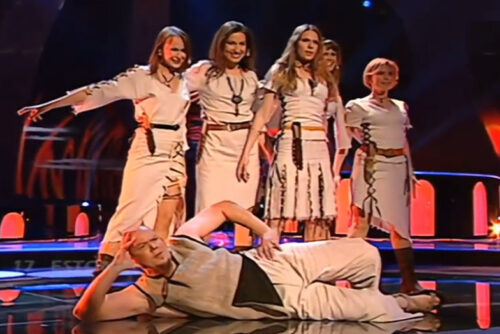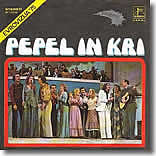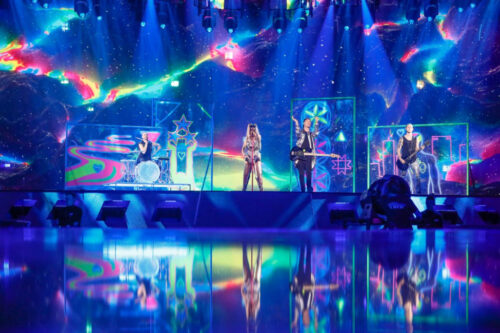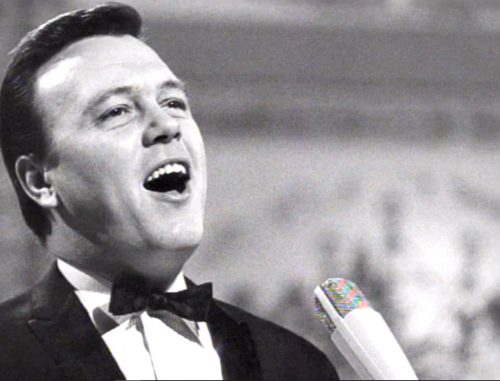
About
Biography
Neiokõsõ is an Estonian folk-pop group. They are best known for representing Estonia at the Eurovision Song Contest 2004 in Istanbul. The all-female ensemble performed the song “Tii”, a unique folk-inspired track sung in the Võro dialect. Neiokõsõ means “young women” in the local vernacular, fitting the group’s image as five young women blending traditional music with contemporary pop.
Formation and Musical Style
Neiokõsõ was formed in early 2004 specifically to compete in Estonia’s Eurovision selection, Eurolaul 2004. Esteemed Estonian composer Priit Pajusaar assembled the group for this purpose. The initial lineup featured five members – Anu Taul, Triinu Taul, Astrid Böning, Diana Põld, and Kadri Uutma – all talented young women with roots in folk music. The group’s musical style can be described as folk-pop or “ethno-pop,” combining modern pop rhythms with Estonian folk elements. They incorporated traditional instruments (like the kannel, a zither) and folk vocal techniques into their songs.
Journey to Eurovision 2004
Neiokõsõ’s road to Eurovision 2004 began with Estonia’s national song competition, Eurolaul. Their song “Tii” – meaning “Road” or “Path” in Võro dialect – was entered into Eurolaul 2004. The tune was written by Priit Pajusaar and Glen Pilvre with lyrics by Aapo Ilves. “Tii” stood out for its catchy melody and authentic folk vibe, as well as its lyrics entirely in the Võru language. Estonian audiences responded enthusiastically. In the national final, Neiokõsõ won by a landslide public vote, receiving 8,696 televotes, more than double the votes of the runner-up. This victory meant Neiokõsõ would represent Estonia at Eurovision 2004.
Eurovision Song Contest 2004 Performance
At the Eurovision semi-final in Istanbul on May 12, 2004, Neiokõsõ delivered a memorable performance of “Tii.” They took the stage in earthy, traditional-inspired costumes and infused the performance with energetic folk dance movements. The group had been joined by a male drummer, Peeter Jõgioja, to enhance the live act’s rhythm section. Their folk-pop performance created a mystical atmosphere – a blend of ancient Estonian charm with a modern twist. The song’s haunting melody and the use of the Võro language made it stand out. Despite a strong performance, Estonia just narrowly missed qualifying for the final. Neiokõsõ finished 11th in the semi-final (out of 22 countries). Only the top 10 advanced, so Estonia fell one spot short of the Grand Final.
Disbandment and Aftermath
“Tii” remained Neiokõsõ’s only major release, and the group’s activity was short-lived. In fact, Neiokõsõ disbanded shortly after Eurovision 2004, as it had been created primarily for that competition. The members did not continue as an ensemble beyond that year. Their Eurovision entry became a one-hit wonder in Estonian pop culture. While the group’s career was brief, it left a small legacy by showcasing the Võro language in front of a massive international audience. After the contest, each member of the group went on to pursue her own path in music or other fields.
After Neiokõsõ: Members’ Individual Paths
Anu Taul
Anu Taul continued in music as a singer-songwriter. Even before Neiokõsõ, she had been performing, and she went on to release solo material blending folk and acoustic styles. Anu has worked as a freelance singer-songwriter since the mid-2000s, collaborating with various musicians and performing in Estonia and abroad. Her songs often draw inspiration from nature and Estonian folk heritage. In her personal life, Anu stayed connected to her roots in Viljandi County’s folk scene and remains active in musical projects.
Triinu Taul
Triinu (Anu’s sister) also built a career in folk music. She became known as a versatile folk musician who not only sings but plays multiple traditional instruments. Triinu performs songs influenced by Estonian traditional folk and Finno-Ugric musical heritage. She is skilled with instruments like Estonian bagpipes, the Jew’s harp, and overtone flutes, bringing a mystical world-music flair to her performances. Triinu has participated in international collaborations (for example, blending Estonian and Amazonian indigenous music) and continues to record and perform folk music in Estonia and beyond.
Astrid Böning-Nõlvak
Astrid pursued a path as a folk musician and educator. She earned a degree in folk music and became a folk music teacher by profession. In 2005, Astrid founded the Hiiu Folk Festival, a folk music festival on Hiiumaa island, and she serves as its lead organizer and program director. She also released several folk albums and collaborations through the late 2000s and 2010s. Now known by her married name Astrid Nõlvak, she balances teaching (mentoring young folk musicians) with performing traditional music. Astrid’s dedication has made her a respected figure in preserving and promoting Estonian folk culture.
Diana Põld
Diana Põld chose to focus on music education after Neiokõsõ. She became a music teacher and choir conductor at Saku Gümnaasium (a school in Estonia). In this role, Diana has been training young students in singing and leading school choirs. She found her calling in guiding the next generation of musicians rather than performing on the pop stage. Diana’s involvement in local choir festivals and youth song celebrations has kept her connected to music. Her career as a teacher underscores how she turned her musical talent toward education and community, staying somewhat under the radar of show business.
Kadri Uutma (Kadri Tiisel)
Kadri took a different route, moving into the media field. After Eurovision, Kadri (who married in late 2004 and took the surname Tiisel) established herself as a journalist and television/radio editor. She is now known for her work at the Estonian Public Broadcasting (ERR), where she serves as an editor for children’s programming. Kadri has hosted radio shows (including children’s programs) and produced special broadcasts. While she didn’t continue a public singing career, her background in music and broadcasting converged in her current role. Kadri Tiisel remains a public figure in Estonia’s media, contributing to cultural and educational content for young audiences.



